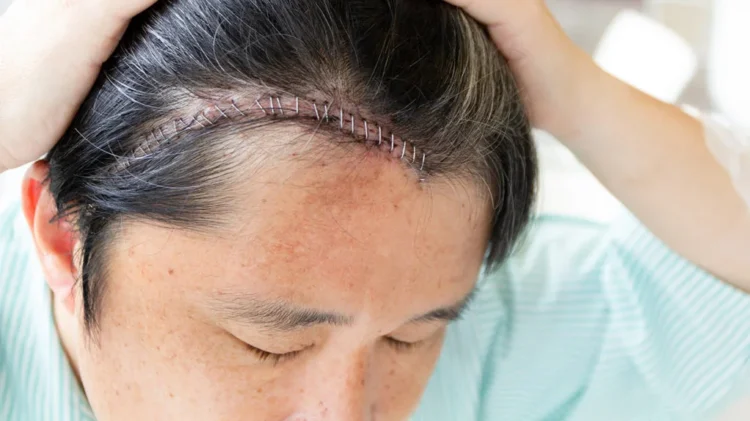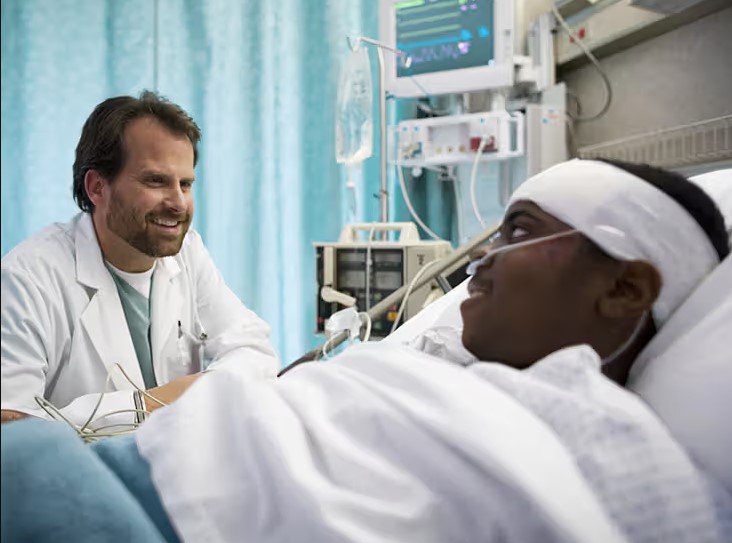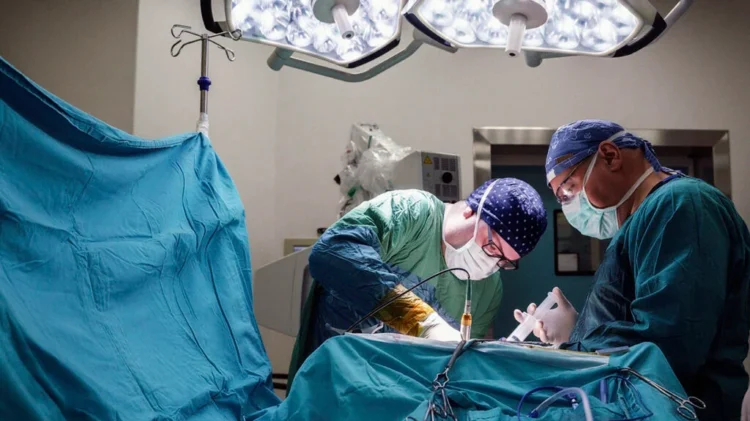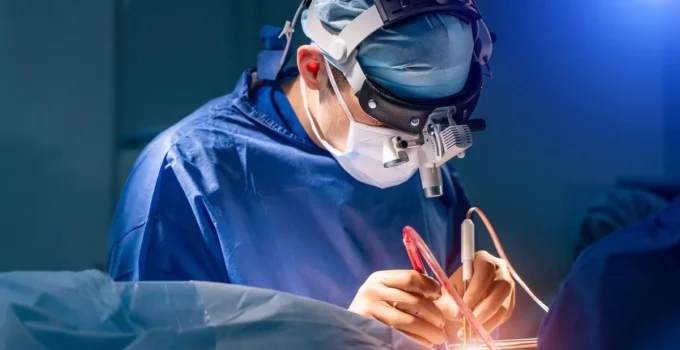A craniotomy is a surgical procedure where a part of the skull, called a bone flap, is removed to access the brain. Understanding what to expect post-surgery is crucial for patients and their families. This blog post, guided by insights and tips from a neurosurgeon, aims to demystify the post-craniotomy experience. From the immediate aftermath to long-term recovery, we’ll cover each phase, offering valuable information and support to navigate this journey.
Page Contents
The Craniotomy Procedure

Source: medicalnewstoday.com
In simple terms, a craniotomy involves the removal of a portion of the skull to give surgeons access to the brain. This procedure is necessary for a variety of neurological conditions, such as brain tumors, blood clots, or brain injuries. Despite sounding daunting, it’s a common surgical approach, tailored to each patient’s specific condition. The goal is always the same: to treat the underlying issue while minimizing risks to brain function. Understanding this procedure can help patients and their loved ones prepare for what comes next. If you’re down in Texas seek the best Neurosurgeon in Austin.
Immediate Post-Operative Phase
The first few hours after a craniotomy are critical. Patients are typically moved to a recovery room for close monitoring. During this phase, it’s common to experience grogginess, confusion, and discomfort. The medical team closely observes vital signs, brain function, and potential complications. Immediate post-operative care is focused on stabilizing the patient and ensuring that the brain responds well to the surgery. Awareness of these experiences can help patients and families understand and cope with this initial recovery period.
Hospital Stay and Recovery

Source: healthline.com
The length of the hospital stay post-craniotomy can vary, typically ranging from a few days to a week. This period is crucial for medical supervision, ensuring the patient’s safety and recovery. During the hospital stay, physical therapy may be initiated to aid in regaining mobility and function. The gradual return to normal activities is carefully monitored, with adjustments made based on the patient’s progress. Understanding this phase helps set realistic expectations for recovery and encourages patient participation in the healing process.
Potential Complications
Like any major surgery, craniotomies carry risks and potential complications. These can include infection, bleeding, or changes in brain function. Patients should be vigilant for any signs of complications and seek immediate medical attention if they arise. Post-operative care, including following the surgeon’s instructions and attending follow-up appointments, is essential in minimizing these risks. Being informed about possible complications empowers patients to be active participants in their recovery.
Long-Term Effects and Follow-Up

Source: medicalnewstoday.com
Long-term effects after a craniotomy can vary. Some patients may experience changes in cognition, mood, or physical abilities. Regular follow-up appointments with the neurosurgeon are vital to monitor these changes and adjust treatment plans as needed. It’s important for patients to remain proactive in their health care and maintain overall brain health. Understanding potential long-term effects helps in setting expectations and planning for continuous care and support.
Tips for Coping and Support
Recovering from a craniotomy is not just a physical challenge but an emotional one as well. Patients and their families should seek support through counseling services or support groups. Practical tips for coping include maintaining a healthy lifestyle, following medical advice, and keeping a positive mindset. A strong support system, whether through family, friends, or healthcare professionals, is invaluable. Encouragement, patience, and understanding from loved ones can significantly impact the recovery journey.





